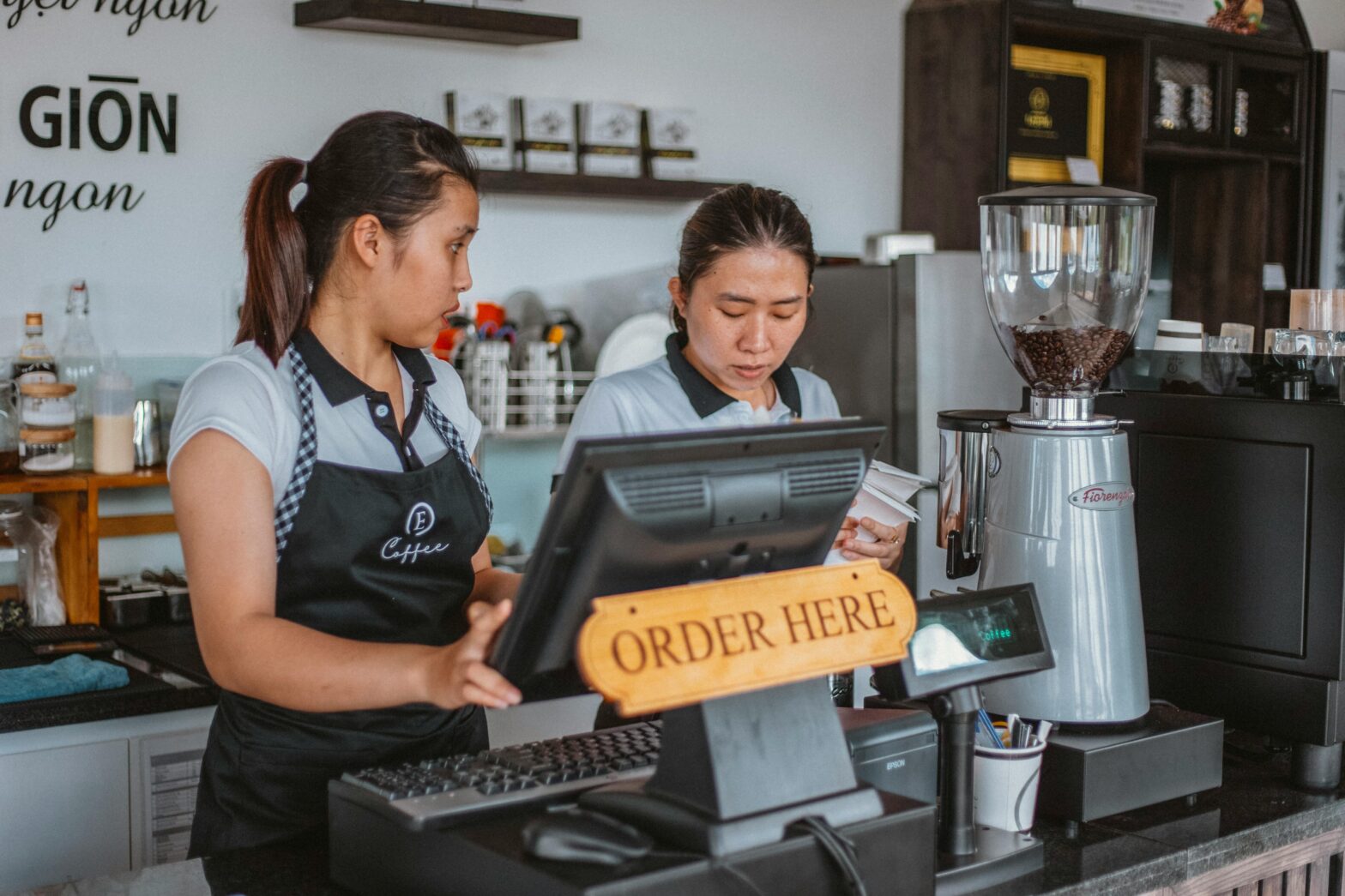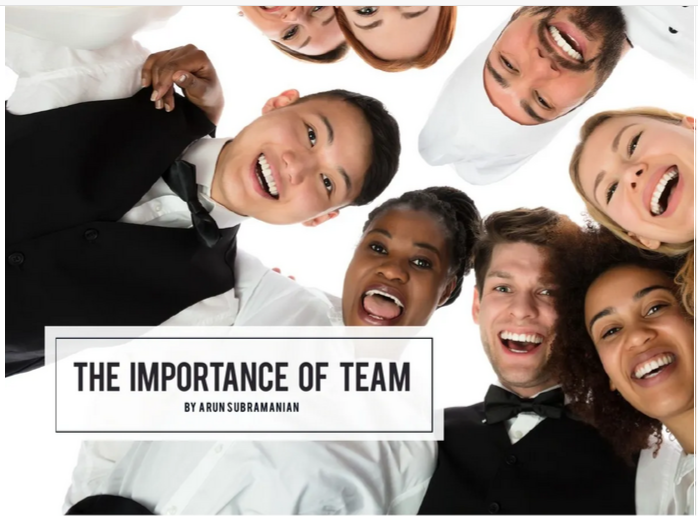January 16, 2024
The Tourism and Hospitality industry in British Columbia is a powerhouse, employing over 350,000 individuals in diverse roles throughout the entire province. From part-time to full-time, seasonal to permanent, opportunities abound in the four core sectors: Accommodation, Food and Beverage, Recreation and Entertainment, and Transportation/Travel Services. This industry comprises approximately 10% of BC’s total workforce, acting as a major economic contributor and the single largest industry by GDP. It also plays a pivotal role in fostering small businesses in both rural communities and bustling cities like Vancouver, Victoria, and Kelowna.
The COVID-19 pandemic, with its capacity limits and travel restrictions in 2020/2021, dealt a severe blow to BC’s tourism and hospitality workforce. Recognizing the critical need for support, the BC Ministry for Tourism, Arts, Culture, and Sport allocated funding in 2021 to go2HR to implement its Labour Recovery Framework – a comprehensive roadmap with six pillars, developed in collaboration with industry experts.
Pillar #1 – Growing the Labour Supply
Sounds simple, doesn’t it? But how does an entire industry boost its workforce participation? The challenges predated the pandemic, with chronic staffing issues persisting due to an aging national workforce, low provincial unemployment, and a surplus of jobs compared to available workers. The signs were clear: employers needed to do more and compete harder not just for new hires but also to retain existing staff.
As the nation began to reopen in 2021, businesses were confronted with low application volumes and a candidate-friendly job market. The struggle to recruit and hire staff intensified for restaurants, hotels, festivals, and tour companies. By the summer of 2022, as travellers returned, the industry faced cancelled routes, inadequate staffing, reduced hours, and an alarming rise in burnout among workers, managers, and owners.
The pressing question by the end of summer 2022 was, “Where’d everybody go?” The answer lies in the diverse situations of individuals: part-time servers, full-time students, hotel operations supervisors, and semi-retiree volunteers. The competition for skilled workers had escalated, and a strategic plan was needed to attract them back.
Navigating the Complexities
While analyzing worker migration trends is essential, a microeconomic perspective is equally crucial. Individuals are unique, driven by their values, and the decision to stay or leave a job hinges on personal considerations. Employers must acknowledge that if they face challenges in attracting, hiring, or retaining workers, it’s likely due to perceived improvements in the lives of their employees elsewhere.
Addressing this requires an honest evaluation of the Employer Value Proposition – encompassing remuneration, non-monetary compensation, scheduling flexibility, advancement opportunities, and a sense of pride in service delivery. For tailored solutions, businesses can reach out to their regional HR Consultant at go2HR, who can provide tools aligned with their specific needs.
However, the challenge extends beyond optimization and strategic planning. The ongoing retirement of the baby boom generation since the 1970s, coupled with declining birth rates, has led to a labor supply shock across all industries. In response, global talent, including foreign nationals, becomes a crucial component of workforce augmentation.
The Immigration, Refugees and Citizenship Canada (IRCC) acknowledges the significance of foreign workers and emphasizes the modernization of immigration programs. New virtual tools, expanded programs, and Outreach Officers aim to support employers in navigating challenges such as LMIA, visa wait times, and real-time updates.
go2HR’s Commitment to Support
go2HR is dedicated to assisting BC’s tourism and hospitality industry in growing its labor supply. Collaborating with IRCC and industry stakeholders, go2HR has developed online resources to guide employers through various program expansions and foreign worker hiring pathways. Each business’s recruitment strategy is unique, and the top three suggestions for ABLEBC members are:
- Register on the Provincial Foreign Worker Hiring Registry: Even if not immediately planning to hire temporary foreign workers, this ensures readiness and avoids administrative delays.
- Explore the Mobilite Francophone Program: This LMIA-exempt program for hiring French-speaking candidates offers a unique solution to staffing challenges, with eligibility expanded for virtually all positions.
- Discover Global Talent Programs: Every position has a National Occupation Classification code tied to LMIA exemptions or expedited processing. go2HR’s Immigration and Foreign Workers page provides detailed information, and regional HR Consultants can offer personalized insights.
While accessing Global Talent is critical, it’s just one facet of a comprehensive recruitment strategy. ABLEBC members are encouraged to engage with their regional HR Consultant for a confidential discussion on the potential benefits of foreign worker hiring and to access tools and resources for the various immigration programs.
Conclusion:
In conclusion, as the landscape evolves, employers must remain agile and proactive. Navigating the complexities of the labor market requires a strategic approach, and the collaboration between businesses, industry stakeholders, and government bodies ensures a resilient and thriving tourism and hospitality sector in British Columbia.
go2HR is BC’s tourism & hospitality, human resources and health & safety association driving strong workforces and safe workplaces that deliver world class tourism and hospitality experiences in BC. Follow us on LinkedIn or reach out to our team.
Return to top


